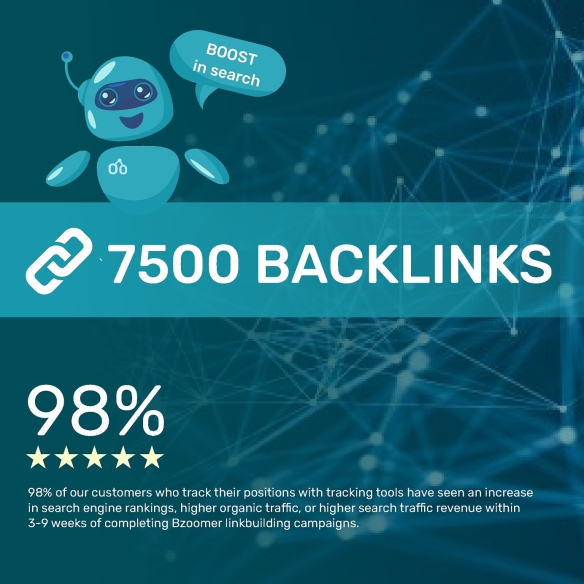The chicken road game is one of the newer entrants in the growing genre of crash-style arcade gambling. Though its lifespan is short so far, the history and evolution of the chicken road game reveal how a simple idea can capture attention and transform through community feedback, technical innovation, and adaptation. In this article, we’ll trace its origins, milestones, spin-offs, and future potential, all while continually referencing the chicken road game to help with search visibility and clarity.
Origins of the Chicken Road Game
Conceptual inspiration
At its heart, the chicken road game is rooted in the classic joke: “Why did the chicken cross the road?” That playful premise was reinterpreted into a risk-versus-reward mechanic, where a chicken tries to cross a series of hidden safe cells. With each successful step, the multiplier grows, but a misstep ends the run. This core idea, simple yet tension-filled, became the backbone of the chicken road game.
Launch and developer background
The chicken road game was developed by InOut Games and officially released on April 4, 2024. It was built as an HTML5/web application to maximize browser compatibility and minimal friction for users. Because of this, no installation is necessary—players can jump in via mobile or desktop. The game’s team chose a provably fair protocol, meaning each round’s outcome can be verified by the player, which bolsters trust in a gambling environment.
From day one, the chicken road game stood out by rejecting bonus rounds, free spins, or side mechanics. Instead, it focused purely on the crossing decision and multiplier escalation. This minimalism is unusual in the casino world, where extra features are often used to retain attention.
Key Design Elements and Early Reception
Gameplay mechanics and risk
When the player starts a round of chicken road game, they select a bet and a difficulty mode (Easy, Medium, Hard, Hardcore). The chicken then proceeds, cell by cell. The multiplier increases as long as safe cells appear, and the player can choose to “cash out” at any moment. If the next cell is a trap, the run ends and the bet is lost.
This basic but powerful mechanic ensures that every decision feels meaningful. Because the game relies on surprise and risk, many early users praised the tension and simplicity.
RTP, fairness, and trust
One of the most discussed features of the chicken road game is its high theoretical Return to Player (RTP), often cited around 98 %. This is relatively generous compared to many other online gambling games. Combined with a provably fair system, it gives players a feeling that the game is transparent and not rigged.
Even so, credibility depends heavily on where and how you play the chicken road game. Some versions or sites may be sketchy or copies. Players have warned of delays or suspicious behavior in certain clones. Thus, evaluating platform reliability remains essential.
Early criticism and limitations
Not all feedback was glowing. Some critics pointed out:
-
The lack of variety: no bonus games, side features, or changing game modes over time.
-
High volatility: on harder modes, runs end quickly.
-
Potential for addictive behavior: the tension loop is intense.
-
Platform risk: clones or unauthorized versions may misuse the chicken road game name.
Despite these, the core concept resonated with many players hungry for a clean, fast-paced crash game.
Evolution & Spin-offs Over Time
Game updates and adjustments
As the community of chicken road game players expanded, developers responded with incremental improvements:
-
Optimizations for smoother mobile experience
-
Interface refinements to better show progress and cash-out options
-
Adjustments in probabilities to balance risk across difficulties
-
Introduction of demo or practice modes to let new players try without risk
These changes helped the game feel more polished and trustworthy, and encouraged retention among users who might have dropped off.
The arrival of “Chicken Road 2” and variant forms
The success of the original chicken road game led to spin-offs and successors. One iteration is known as “Chicken Road 2,” adding slight thematic updates (cars, road visuals) and sometimes tweaking difficulty curves.
These newer versions build on the same core crossing mechanic but aim to increase engagement by altering art direction or horizon style (for example, lanes of traffic or road motifs). Some may even weave in leaderboards or community elements.
These evolutions show that the chicken road game concept can be adapted to different visual styles or thematic skins while preserving its essence.
Copycats, clones, and authenticity concerns
With popularity comes imitation. Many apps or sites claim to host the chicken road game but are essentially unauthorized clones. Some of them delay payouts or exaggerate multipliers to lure users.
Because of this, many players now emphasize verifying the legitimacy of the platform—checking licensing, reviews, payout history, and whether the game is provably fair—before trusting a chicken road game version.
Trends & Community Influence
Strategy guides and community analytics
As more people played, communities formed around strategies: when to cash out, patterns in trap distribution, and risk tolerance sets. Some users shared “safe thresholds” for each difficulty mode. Others experimented with AI or simulation to approximate optimal stopping points in chicken road game runs.
These shared strategies helped new players feel less like they were gambling blindly, and more like they were making informed decisions.
Media coverage and controversy
The chicken road game also drew attention from gaming and gambling media. Some reviews praised its simplicity and high RTP, while more critical voices flagged warnings about scam versions or delay of payouts. The debate over its legitimacy in various markets also became a talking point.
Regulatory scrutiny and legal questions
Because the chicken road game is a betting game under the hood, it falls under gambling regulations in many jurisdictions. Questions arose about whether it’s legal in certain regions, how it should be taxed, and how to regulate clones. Some discussions in forums explore whether using VPNs or playing in restricted jurisdictions constitutes illegal play.
Where the Chicken Road Game Could Go Next
Feature expansions and modes
To keep player interest long-term, future versions of the chicken road game might introduce:
-
Seasonal or thematic lanes (e.g. holiday roads, space-themed)
-
Multiplayer or competitive race variants
-
Social features: sharing best crossing length, leaderboards
-
Adjustable risk settings or “auto cash-out” presets
-
Achievement systems or milestones
Each addition must be balanced carefully: too many bells and whistles can dilute the original tension that made the game popular.
Integration with blockchain and rewards
Given its provably fair foundation, the chicken road game is well-suited to blockchain or crypto rewards. Some versions already allow crypto wagers. Future paths might include token rewards, NFTs, or decentralized trust models, further aligning the game with modern gambling tech.
Cross-platform and metaverse expansion
We might see the chicken road game adapted into metaverse environments, VR lanes, or social worlds. Imagine navigating a 3D road in VR, tapping to cross lanes in immersive form while the multiplier floats overhead.
Also, versions could be embedded in chat apps, messenger bots, or social platforms, making it even more accessible.
Legacy in the Making
The chicken road game is an excellent case study in how a simple premise can evolve into a community-driven, iterated gambling experience. From its origin as a minimalistic crash game, through updates, spin-offs, and clone challenges, its history shows how design, trust, and community all matter.


